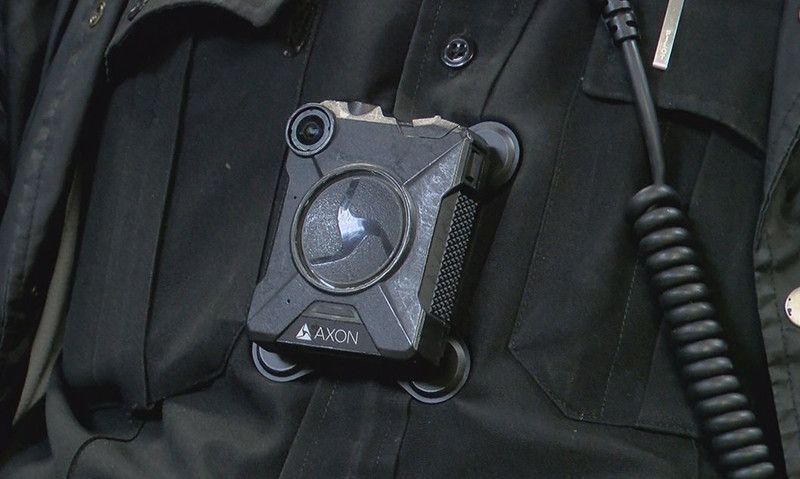
All VA officers will be using body-worn and in-car cameras by the end of this year.
The Department of Veterans Affairs (VA) announced June 16 that its police officers will begin to use in-car and body-worn cameras. All VA police officers will be using body-worn and in-car cameras by the end of 2023, beginning with police officers in VA's Desert Pacific Healthcare Network on June 20.
The cameras will automatically record video and audio when an officer draws their issued firearm from their duty belt holster or when an officer activates the emergency lights in their police vehicle. Officers will also manually turn on their body cameras when conducting investigations and during enforcement encounters. In-car cameras will be turned on for traffic stops, calls for service and while transporting those in custody.
VA has taken steps to ensure that the use of these cameras does not infringe upon the privacy of those who use their services or VA employees. VA police officers and privacy officers are undergoing extensive training to prepare for this policy. Footage from these cameras will only be used for police investigations and court proceedings, or for limited other purposes as allowed under federal law.
“Our great police officers keep veterans, their families, caregivers and survivors safe at VA facilities every day,” VA Secretary Dennis McDonough said. “Using dashcams and bodycams will make our facilities even safer – building trust in our great police force while increasing transparency and promoting de-escalation.”
VA is implementing this policy as a part of President Biden’s Executive Order 14074, “Advancing Effective, Accountable Policing and Criminal Justice Practices to Enhance Public Trust and Public Safety,” as well as the bipartisan Cleland-Dole Act of 2022.
The executive order requires all federal law enforcement agencies to use body-worn cameras. The bipartisan Cleland-Dole act requires all VA police officers to wear body cameras that record and store video and audio.
- News

